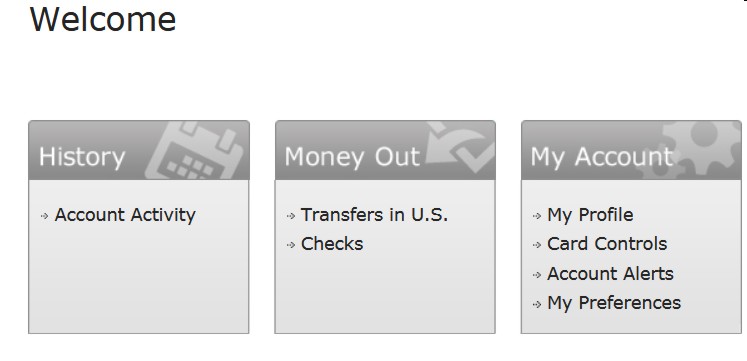

This carries a degree of risk – If a cardholder defaults the issuing bank takes part of the hit, which is why they charge a per-transaction fee. Issuing banks front the funds to merchant accounts when someone pays with a credit card. Issuing BankĪn issuing bank issues credit cards to consumers on behalf of the card networks (Visa, MasterCard). Local Card Schemes Many countries are home to local card schemes that are preferred by regional consumers, these include BC Card in South Korea, Rupay in India, and JCB in Singapore. It acts as the card issuer and the card acquirer and has a direct relationship with the consumers and the merchants.ĭiscover has a hybrid model, issuing the cards directly to consumers, but allowing banks to act as acquirers to settle directly with the merchants. The card schemes collect fees from acquirers who are reimbursed from merchants.Īmex is a closed network. There are fines for non compliance that acquirers pass on to merchants. Issuing and acquiring banks must follow the operating regulations created by the card networks. There is no direct relationship between the card schemes and card holders. Visa and Mastercard are both open networks and actively encourage banks to issue their cards to consumers and to acquire or accept transactions using cards. Visa, MasterCard, American Express and Discover are among the largest card schemes, also referred to as card networks or card brands. The Credit Card Payment Processing EcosystemĬommon Credit Card Payment Processing Terms and Definitions Card Scheme
CREDIT CARD TRANSACTION RISK ENGINE SERIES
But completing a successful credit card transaction in seconds involves a series of actions and an entire ecosystem of players that merchants should understand. When most people think of credit card payment processing, they think of a card scheme, which is a payment network that uses cards, like Visa or Mastercard. This adds the email address and card fingerprint associated with the payment to the default email address and card fingerprint block lists.How Do Credit Card Payments Work for Merchants? You can also indicate that a payment is fraudulent when you create a refund using the API by providing fraudulent as the value for reason. To refund a payment and mark it as fraudulent, view the payment in the Dashboard and then: Refunding fraudulent payments helps improve our fraud detection algorithms and the accuracy of our risk evaluations for this payment, and similar ones in the future. The Stripe machine learning models respond to feedback you share with us, and you can help improve our fraud detection algorithms by refunding and reporting payments that you believe are fraudulent.

While we use information across our network to evaluate a payment, you may have additional information about a payment as a result of a customer interaction. Likewise, a search for risk_level:elevated returns a list of all payments with an elevated risk level.

For example, a search for risk_level:highest returns a list of all payments with a high risk level. You can search for payments of a specific risk level using the risk_level search term and the desired risk level. Searching for a specific risk level in the Dashboard On the Charge object of a high risk payment, the risk_level is set to highest. Payments of this risk level are blocked by default. Stripe reports payments as high risk when we believe they’re likely to be fraudulent. The outcome for each payment is available when viewing a payment in the Dashboard or through the API as part of the Outcome attribute of the Charge object. If a card issuer declines a payment, Stripe also includes any information we receive from them as part of the outcome. Radar for fraud teams users will see a risk insights section on the payment page that provides more details about why we assigned a payment a particular risk level and score. This judgment can take one of five values:Įach payment includes information on the outcome of our risk evaluation. The Stripe machine learning models evaluate the likelihood that a payment is fraudulent. You can adjust the thresholds at Risk Settings. By default, a score of 65 or above indicates elevated risk, while a score of 75 or above indicates high risk.

With Stripe Radar for Fraud Teams, each payment also includes a risk score that ranges from 0–99 to indicate the risk level on a more granular level. Risk outcomes Risk score (Stripe Radar for Fraud Teams only) You can enable Radar for SetupIntents in your Radar settings.


 0 kommentar(er)
0 kommentar(er)
